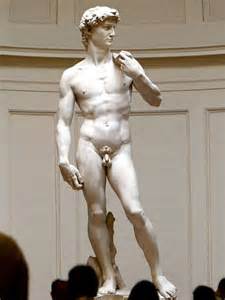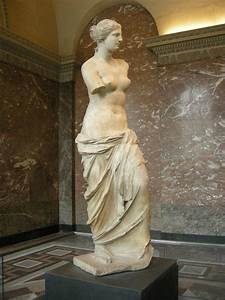Quote:
Originally Posted by BillyMac

SITUATION 2: A1 is moving and catches the ball on one foot, then jumps and lands on both feet. The player then lifts the left foot and then returns it to the floor before releasing the ball to start a dribble. The official allows play to continue. RULING: The official should rule a travel on A1. When landing on one foot and then jumping and landing on both feet, the player does not have a pivot foot. If either foot is moved before releasing the ball to start a dribble, it is a travel. (4-44-2a, 3
|
Quote:
Originally Posted by Camron Rust

#2, in the last sentence says "If either foot is moved" when it should say "either foot is lifted". In all other facets of the travel rule, a moved foot is one that is lifted and returned to the floor.
|
Quote:
Originally Posted by Nevadaref

#2 A standing player in possession of the ball may always jump into the air without violating. It is the returning to the floor which is the issue,
|
Quote:
Originally Posted by Camron Rust

#2: Read the case again. It is illegal if either foot is lifted prior to starting a dribble...that is a travel.
|
Cameron Rust and Nevadaref aren't too far apart. Nevadaref's assertion that "a standing player in possession of the ball may always jump into the air" may be generally true. However, as Cameron Rust pointed out, the actual interpretation reads "before releasing the ball to start a dribble", which is illegal by rule (
Rule 4-4-b: Neither foot may be lifted before the ball is released, to start a dribble).
The conflict seems to stem from the split second between the ball being released and the ball hitting the floor and then touched again as a dribble. If the player in the interpretation had decided to pass or shoot with said foot off the floor instead of dribbling (ball hits floor and is touched again), under those conditions (pass, shot) I believe that these two conditions would all be legal.
But none of those two things happened, the interpretation only says "dribble" which is clearly illegal by Rule 4-4-b.
Of course in a real game, under real game conditions (and with this interpretation), not too many officials would be that picky (and patient) interpreting what a "dribble" is by waiting for the ball to be released, hit the floor, and be touched a second time (remember the call is travelling not an illegal (double) dribble). In 1964 United States Supreme Court Justice Potter Stewart famously stated “I know it (pornography) when I see it”. Likewise, most experienced officials know the release and start of a dribble when they "see it". Most experienced officials also know a release to pass or shoot when they "see it".
Just be careful with this (pass, shot) on a written exam.
Note that David landed simultaneously on both feet, so either foot may be the pivot foot. Venus de Milo's right foot is on the floor, I think that her left foot may be missing.

